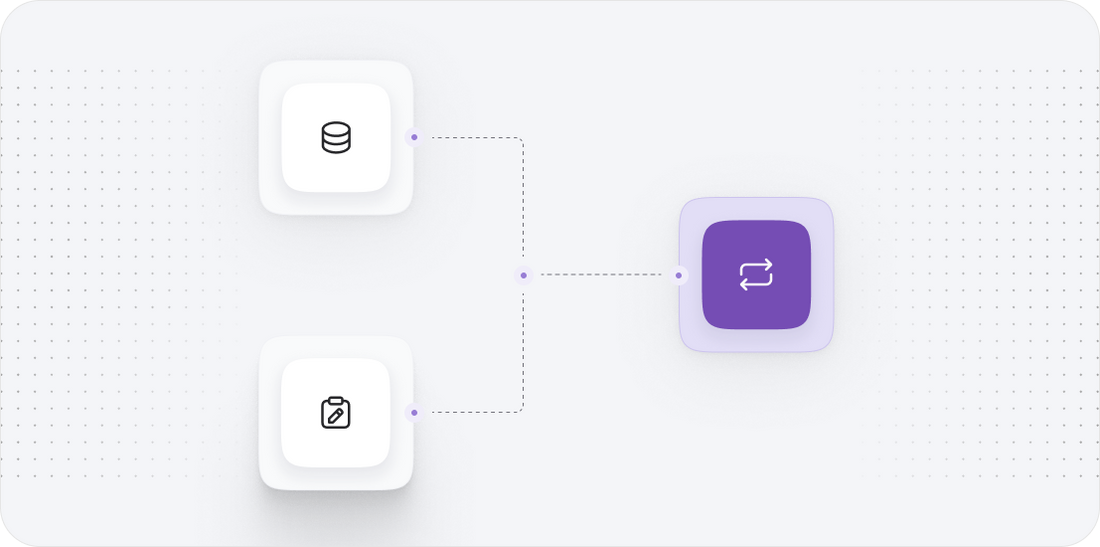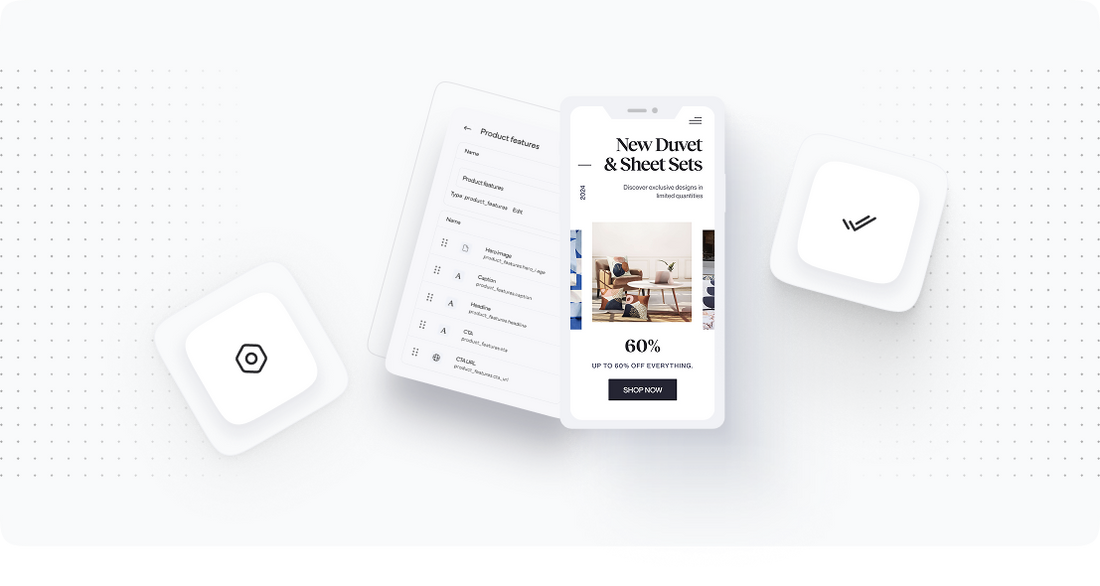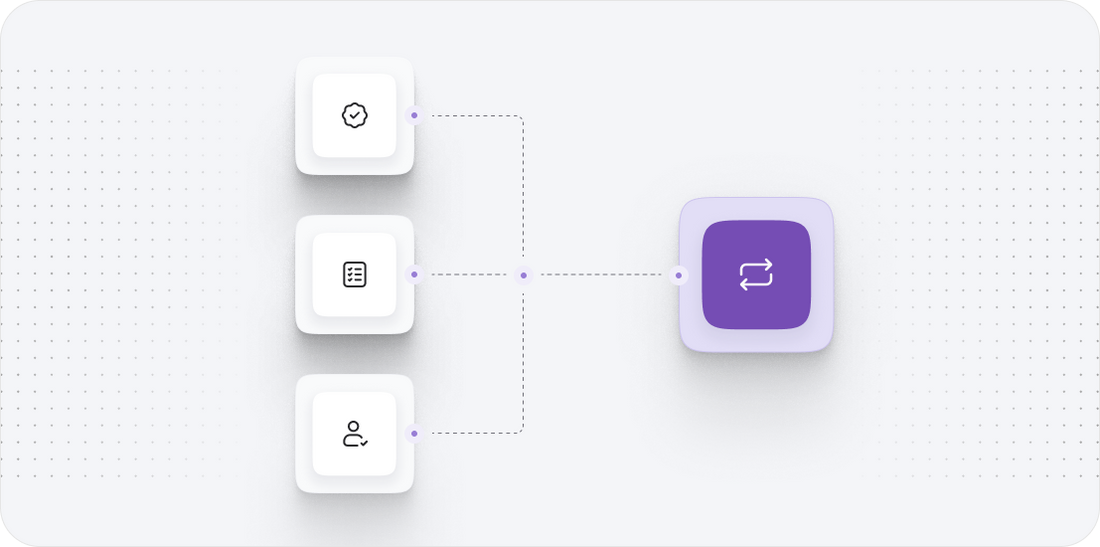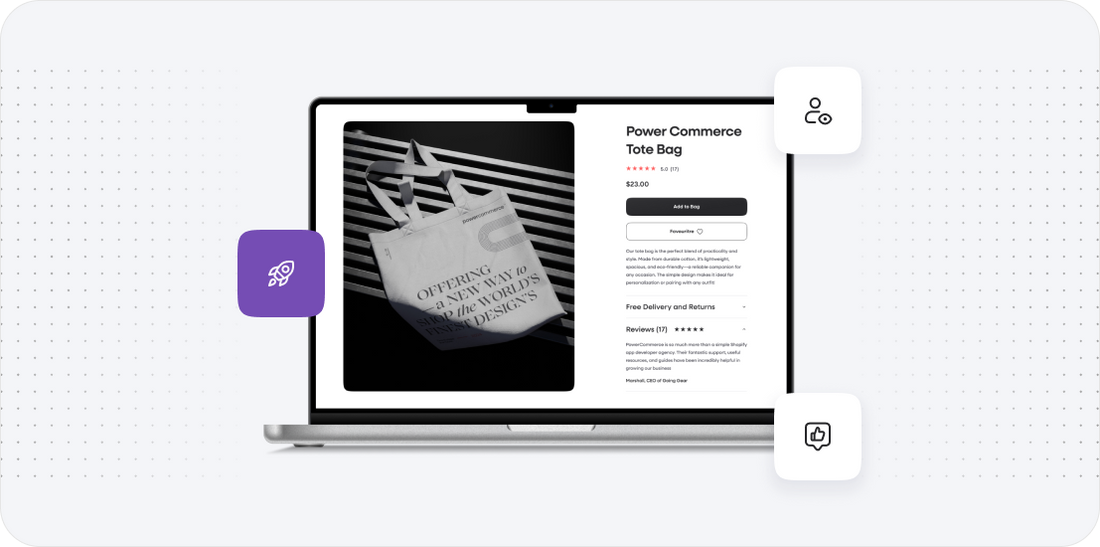





T-soft to Ideasoft
Migrating your store from T-soft to Ideasoft might seem daunting, but with proper planning and the right tools, it's a smooth process. Follow this step-by-step guide to ensure a successful transition.
Schedule a call
Step-by-Step Migration Guide: T-Soft to IdeaSoft migration guide
Step 1: Assess Your Current Setup
In this initial step, we will evaluate your existing T-Soft setup to determine what data, configurations, and integrations need to be migrated to IdeaSoft. This comprehensive assessment ensures a smooth transition and identifies any potential challenges.
Step 2: Plan Your Migration Strategy
In this step, we will develop a comprehensive migration strategy that outlines how we will transfer data from T-Soft to IdeaSoft. This plan will include timelines, resource allocation, and risk management.
Step 3: Backup Your Data
Before proceeding with the migration, it is essential to create a complete backup of your T-Soft data. This step ensures that you can restore your original setup in case of unforeseen issues during the migration process.
Step 4: Data Mapping and Transformation
In this step, we will map the data from T-Soft to the corresponding fields in IdeaSoft. This process ensures that all data is accurately transformed and fits the new platform's structure.
Step 5: Set Up Your IdeaSoft Environment
Before migrating data, we need to set up the IdeaSoft environment. This includes configuring essential settings, installing necessary apps, and preparing the platform for incoming data.
Step 6: Execute the Data Migration
In this critical step, we will execute the actual migration of data from T-Soft to IdeaSoft. This involves importing the backed-up data and ensuring everything is mapped correctly.
Step 7: Test and Optimize Your New Setup
After migrating the data, we need to thoroughly test the new IdeaSoft setup. This includes checking for any issues, optimizing settings, and ensuring that everything functions smoothly.
Power Your Step - Get in Touch
Ready to take your ecommerce business to the next level with a seamless migration? Contact PowerCommerce today for expert support tailored to your needs.
Step 1: Assess Your Current Setup
Objective: The first step in the migration process is to conduct a thorough assessment of your current T-Soft setup. This is crucial for understanding the components that require migration, including products, customer data, orders, and other critical configurations. The objective here is to create a complete inventory of all assets that need to be transitioned to IdeaSoft.
This assessment helps us identify any unique challenges specific to your business operations, ensuring that we plan the migration with a clear perspective on what needs to be retained or modified.
Detailed Procedure:
- Inventory Existing Data: Begin by cataloging all data that exists in your T-Soft store. This includes:
- Product listings
- Customer accounts and order histories
- Payment and shipping configurations
- Site content (pages, blogs, etc.)
- Current integrations (e.g., third-party services)
- Evaluate Data Integrity: Check the accuracy and completeness of your data. This involves:
- Identifying any missing or outdated information that may need to be corrected before migration.
- Running reports to verify data consistency.
- Determine Required Customizations: Based on the inventory, identify any custom features or functionalities that need to be replicated on IdeaSoft. This can include:
- Custom themes and layouts
- Unique checkout processes
- Specific integrations with third-party applications
Technical Considerations:
Ensure that you have administrative access to your T-Soft platform to extract necessary data, and consider using T-Soft’s export functionalities where available. Document any discrepancies or issues that might arise during this assessment phase.
Best Practices:
- Maintain a backup of your current T-Soft site to prevent data loss during the migration process.
- Engage with stakeholders to understand their needs and expectations from the new platform.
Tools and Resources:
Utilize T-Soft’s reporting tools for data extraction and consider leveraging spreadsheet software for better data organization.
Troubleshooting:
If you encounter discrepancies in data during the inventory process, consult T-Soft’s support documentation or reach out to their customer service for assistance.

Step 2: Plan Your Migration Strategy
Objective: The migration strategy is a critical roadmap that guides the entire process of transitioning from T-Soft to IdeaSoft. It should clearly define the migration timeline, identify key resources, and highlight potential risks.
Having a well-structured strategy minimizes the risk of data loss or downtime during the migration process.
Detailed Procedure:
- Define Timeline: Establish a realistic timeline for the migration, including:
- Preparation phase
- Data extraction from T-Soft
- Data import into IdeaSoft
- Testing and verification period
- Go-live date
- Allocate Resources: Identify team members responsible for various tasks, such as:
- Data extraction
- Data mapping and transformation
- Testing and quality assurance
- Communication with stakeholders
- Risk Management: Identify potential risks associated with the migration, including:
- Data loss
- Downtime affecting sales
- Integration issues with third-party services
Technical Considerations:
Ensure all team members understand their roles and responsibilities in the migration. Utilize project management tools to track progress and manage timelines effectively.
Best Practices:
- Communicate the migration plan with all stakeholders to ensure alignment.
- Prepare contingency plans for potential delays or issues.
Tools and Resources:
Consider using project management software like Trello or Asana to keep track of tasks and deadlines.
Troubleshooting:
In case of unexpected challenges during planning, hold a team meeting to reassess the strategy and adjust the plan as necessary.

Step 3: Backup Your Data
Objective: Creating a backup is a fundamental safety measure that protects your data from loss during the migration process. It ensures that you can revert to your original platform if any complications arise.
This step involves securely storing all essential data, including product catalogs, customer information, and order histories.
Detailed Procedure:
- Identify Data to Backup: Determine which data components are critical for your business, including:
- Product information (descriptions, prices, images)
- Customer accounts and order histories
- Content from pages, blogs, and FAQs
- Export Data: Utilize T-Soft’s built-in export tools to download your data. This might include:
- CSV files for products and customers
- Full site export if available
- Secure Storage: Store the exported data in a secure location, such as:
- Cloud storage solutions (e.g., Google Drive, Dropbox)
- External hard drives for physical backup
Technical Considerations:
Ensure that the backup files are easily accessible and organized for quick retrieval during the migration process.
Best Practices:
- Confirm the integrity of the backup files by opening them to verify data completeness.
- Perform backups regularly, especially before significant changes.
Tools and Resources:
Consider using automation tools to schedule regular backups to ensure data security.
Troubleshooting:
If you encounter issues during the export process, consult T-Soft’s support documentation or reach out for assistance.

Step 4: Data Mapping and Transformation
Objective: Data mapping is essential to ensure that data from T-Soft is correctly aligned with the fields and structures in IdeaSoft. This step minimizes the risk of data misalignment and loss during migration.
Understanding how each data type will fit into the new system is critical for a successful transition.
Detailed Procedure:
- Create a Mapping Document: Develop a comprehensive document that outlines how each field in T-Soft corresponds to fields in IdeaSoft. This includes:
- Product names and descriptions
- Customer names and emails
- Order details and statuses
- Identify Data Transformations: Determine if any data transformations are necessary, such as:
- Changing data formats (e.g., date formats)
- Combining multiple fields into one (e.g., first and last name)
- Test Mapping with Sample Data: Before the full migration, run tests using a small data set to verify that mapping works as expected.
Technical Considerations:
Make sure that all transformations are documented to facilitate troubleshooting during the migration process.
Best Practices:
- Engage with stakeholders to confirm that all necessary data fields are accounted for in the mapping.
- Use version control to maintain the mapping document and track changes.
Tools and Resources:
Consider using spreadsheet software to create mapping tables for better visualization.
Troubleshooting:
If data mapping issues arise, consult your team to revise the mapping document accordingly.

Step 5: Set Up Your IdeaSoft Environment
Objective: Properly setting up the IdeaSoft environment is crucial for ensuring a seamless data migration process. This includes configuring settings, installing necessary applications, and customizing features to meet your business requirements.
This preparation phase minimizes disruptions and allows for a smoother transition.
Detailed Procedure:
- Create Your IdeaSoft Account: Register and set up your IdeaSoft account with the necessary details.
- Configure Basic Settings: Adjust essential settings in IdeaSoft, including:
- Store name and URL
- Currency and payment methods
- Shipping options and tax settings
- Install Required Apps: Based on your business needs, install necessary applications from the IdeaSoft app store. This may include:
- Marketing tools
- Customer support integrations
- Analytics and reporting tools
Technical Considerations:
Ensure that the settings configured align with your overall business strategy and that any third-party integrations are compatible with IdeaSoft.
Best Practices:
- Document the setup process and configurations for future reference.
- Consult with stakeholders to ensure all necessary features are accounted for in the setup.
Tools and Resources:
Refer to IdeaSoft’s documentation for detailed setup instructions and best practices.
Troubleshooting:
If issues arise during setup, reach out to IdeaSoft’s support for guidance.

Step 6: Execute the Data Migration
Objective: The execution phase is where the actual migration occurs. This step involves importing all previously backed-up data into IdeaSoft while ensuring that the mapping and formatting are correctly applied.
The goal is to ensure a smooth transition with minimal downtime and data integrity.
Detailed Procedure:
- Import Data: Begin by importing the data files into IdeaSoft using the platform’s import tools. This includes:
- Products
- Customer data
- Order histories
- Verify Data Integrity: After importing, run checks to ensure that data has been accurately transferred and mapped correctly. This includes:
- Reviewing product listings for completeness
- Checking customer account data
- Validating order histories
- Test Functionality: Conduct tests to ensure that all features are working as expected, including:
- Checkout processes
- Payment processing
- Shipping configurations
Technical Considerations:
Ensure that all data formats are compatible with IdeaSoft’s requirements to avoid migration errors.
Best Practices:
- Perform the migration during off-peak hours to minimize impact on customers.
- Have a rollback plan in case of significant issues during the migration.
Tools and Resources:
Utilize IdeaSoft’s migration tools and documentation for detailed instructions on the data import process.
Troubleshooting:
If errors occur during the migration, consult the migration logs to identify issues and correct them promptly.

Step 7: Test and Optimize Your New Setup
Objective: The testing and optimization phase is critical to ensure that your new IdeaSoft platform operates efficiently and effectively. This step involves thorough testing of all functionalities to identify and rectify any issues that may have arisen during the migration.
The ultimate goal is to ensure that the customer experience is seamless and that the platform is optimized for performance.
Detailed Procedure:
- Conduct Comprehensive Testing: Test all aspects of your new IdeaSoft site, including:
- Product display and descriptions
- Checkout and payment processes
- Shipping calculations
- Collect Feedback: Engage key stakeholders and team members to gather feedback on the new setup. This helps identify any overlooked issues.
- Optimize Settings: Based on testing results and feedback, optimize settings in IdeaSoft, focusing on:
- Site speed and performance
- SEO configurations
- User experience enhancements
Technical Considerations:
Utilize IdeaSoft’s analytics tools to monitor site performance and customer behavior post-migration.
Best Practices:
- Document any changes made during the optimization for future reference.
- Schedule regular testing and reviews post-launch to ensure continued performance.
Tools and Resources:
Use performance monitoring tools to assess site speed and user experience.
Troubleshooting:
If issues arise during testing, revisit the mapping document and ensure that all configurations are correct.

Power Your Step - Get in Touch
Ready to Power Your Step?
At PowerCommerce, we understand that migrating your ecommerce platform is a significant step in your business journey. Our team of experts is here to ensure that your transition from T-Soft to IdeaSoft is smooth and successful. With our extensive experience and commitment to innovation, we can help you overcome any challenges you may face during the migration process.
Here’s how to get in touch:
- Visit our contact page: PowerCommerce Contact
- Call us directly at: 800-099-9090
- Email us at: info@powercommerce.com
Why Choose PowerCommerce?
We pride ourselves on our customer-centric approach, integrity, and commitment to delivering the best solutions tailored to your business needs. Let us help you unlock the full potential of your ecommerce platform.
Contact us today to schedule a consultation and start your migration journey with confidence!
Stay aligned on what's happening in the commerce world
Trusted by 1000+ innovative companies worldwide
Schedule Your Migration Today
For businesses prioritizing simplicity, scalability, and robust support, Shopify is the clear winner.
Looking to migrate without hassle? Power Commerce can handle the entire process, ensuring smooth data transfer, store setup, and post-launch success.
Marka Marulića 2, Sarajevo, 71000 BiH
00387 60 345 5801
info@powercommerce.com


